If you’re regularly hooking into river trout but your “landing rate” is dismal, you’re not alone. By the way, it took a lot of hard work and practice on your part to get where you are now so congratulations.
Assuming you’ve presented the correct fly, the fish takes your fly, and you’ve managed a good hookset, you’re still miles away from getting that lunker into your net. Inexperienced anglers are always bewildered when the fish is suddenly off their line. It still happens to me but far less.
This article will help you advance to the next level and get that wiley fish into your net!
Every detail leading up to the strike, such as fly selection, casting, mending, etc., is a unique skill. Those skills keep improving the more you fish, whether or not you catch anything. Yet the skills needed to land the fish, unfortunately, can’t be practiced until you actually start to hook up- You’ve reached a plateau. Like an 8 level video game where skills from levels 1 thru 5 won’t to help on level 6. For some, it’s where the game really gets exciting, others get frustrated and throw in the towel.
The reality is, the more fish you fight the better you become at getting him into your net. And when you think you’ve got it figured out, you’ll still lose a fish here and there and you’ll never reach level 8. Nobody does but we keep playing.
The number one reason anglers lose fish is the inability to apply the correct pressure on the fish. Sounds simple but it’s not. I’ll try to break it down in more detail.
A lost fish did one of two things- It either “bounced” off, or it “broke” off. The first was caused by insufficient pressure and the second was excessive pressure. Question: After losing a fish, is your rig still intact? Or, do you see failed knots and missing flies? It’s the first thing you need to observe after losing a fish.
When a fish bounces off, it means there wasn’t enough pressure on the fish in that instant. It usually happens early in a fight due to excessive slack in the line and the anglers' inability to to quickly remove said slack to apply adequate pressure. Excessive slack allows the fish to shake the fly out of its mouth. But controlling slack in the fly line is not easy, especially when mending, and strike indicators are the tactics being used. By the way, this is a primary reason why tightlining, and Euro-nymphing are so effective- they reduce slack for an immediate hook up.
The next best way to bounce a fish is improper rod position. What I’m about to say next is going to upset a lot of people; Do not set the hook high, do not put the fish on the reel, do not let the fish run, and do not fight a fish with a high rod. There I said it. Despite what we’ve all been taught by our dads, here are some of reasons why not to do these things:
Setting the hook high- When using a floating line, there could be 10 to 20 feet of excess floating line on the surface, maybe in a zigzag pattern or whatever. When you lift your rod high to set the hook you need to take up all that line that is now in the air. Hope you have long arms. But when you set low, the water holds your line in place and puts immediate pressure on the fish even before the line straightens out from your pull.
Also, the trout’s body bends side to side, not up and down. Setting high and pull the fly out of the fish’s mouth, whereas setting low can allow the hook to find a better perch. Setting low also puts side pressure on a fish and allows you to immediately steer the fish in one direction. I also find that side pressure keeps the fish lower in the water column where they are calmer and less likely to surface to shake the fly out of its mouth.
Putting a fish on a reel can also be a bad habit, in my opinion. After I set it’s much faster to hand strip the slack line and put pressure on the fish immediately. Then I use my rod and line hand to modulate the pressure. No reel/drag system in the world can adjust pressure as well as your own two hands.
Letting a fish run after setting the hook? Unless I’m in a big body of water, I don’t give a fish that option. In my local waters I have to avoid the fish running into boulders fields, logs, waterfalls etc. Instead, I immediately apply side pressure and swing the fish in an arch to my side of the river to a good netting location, preferably upstream but sometimes down. If the fish pulls hard I’ll let off on the brakes by letting some line slip through my fingers to prevent a break off. But I avoid letting a fish bee line down stream on his own will. The pinch finger on my rod hand is my front brake, and my line hand is the rear brake. I usually only need the front brake to control pressure on a fish.
Side note- If you replace your reel with a Stinger you’ll develop better hand lining skills for fighting fish. Also, practice good line pressure and fish steering on ALL your fish, even the smaller ones, so when the big fish shows up to face off with you, you’ll be ready.
Now for the rod and arm position- The rod is your shock absorber and protects your tippet from break offs. And the more distance your arm can travel the better your rod will absorb the shocks of a bigish fish. Many anglers lose fish when their rod arm is vertical, even worse when their line hand is low. In this position they are at the limits of their travel. They can’t maintain pressure on the fish when it suddenly swims toward them because their rod arm can’t go back any further and their line hand is too low to take up the sudden slack. Fish off!
Keeping your rod arm in front of you is a better position because you can easily increase pressure when needed. Your line hand should not be low. It should be close to the rod handle and ready to strip line at any time.
When fighting a fish I have butt end of the rod roughly perpendicular of the line going to the fish. Keep in mind here that the more the rod is angled toward the fish, the more force is applied to the fish because you are using the stiffer end of the rod and less of the softer rod tip. So when you need more power on the fish you can angle the rod tip down a bit, and when you need more shock absorption you can angle the rod tip back and away from the fish.
Now let’s talk about break offs. When a fish breaks off, it means that there was too much pressure and something had to give. Usually it’s the tippet line, hook knots, a bent hook, or worst case, the fish’s lip.
Tippet line and knots can fail because it was poorly tied, or the line was compromised after scraping on rocks and debris. And it’s unfortunate to lose a fish this way. But I’ll argue that a lot of these line/knot failures can be avoided with better hand lining (pressure modulation) when fighting fish.
Improper reel tension- The reel is often responsible for lost fish. A reel likely has too much or too little pressure for any given situation. And it can be a distraction to adjust drag tension when a fish is on your line.
To put a river trout on the reel is to say that the reel has better line pressure modulation than your own two hands. It’s rarely the case. Reels are better suited for saltwater fish, giant lake fish, and large ocean migratory fish like Salmon and Steelhead.
For most trout caught in rivers and streams a mechanical drag system is not necessary. Your own two hands are a better way to fight fish. And it’s a lot more fun!
Fighting fish in the current- The bigger the fish and the faster the water, your odds of landing it go way down. It’s especially difficult to fight a fish when it gets down stream of you. If the fish is downstream, don’t try to force him up to you. Instead, reposition your fish and or yourself to prevent excessive pressure on your tippet and hook. Maintain even pressure by using good rod and line control while you and the fish are relocating.
My last 4 tips are on netting- First, always use a landing net- The biggest one you’re willing to carry, I always say. Landing a fish without a net is bad for the fish and poor form for an angler. Netting a skill in and of itself and responsible for a lot of break-offs.
It’s much easier to net a fish if you can position yourself downstream of the fish or steer the fish upstream of you. Let the current help bring the fish into your net. The bigger the fish, the harder it is to net when the current is working against you.
The fish will often dart when they see you or the net. When this happens it’s best to let it run a bit and then try again. You should never force a fish into your net. Try to make it as easy and effortless as possible.
Overzealous anglers often get excited and draw their net too soon. The fish is just out of reach and with only one hand they can’t strip or reel the fish any closer. Trying to net a fish that is just out of reach will likely end in a break-off. When I’m fighting a fish, I won’t draw my net until I see my leader line enter the rod guides.
I hope you find this article helpful. These tips have helped me land a lot of wild trout in rivers and streams around the Tahoe area where the fish are larger than average size for western states. I regularly catch Rainbows and Browns in the high teens with an occasional fish over 20 inches. And I don’t use a reel.
Be good to your waters, be kind to the fish, and never forget how lucky you are to be fly fishing!
-Jeff

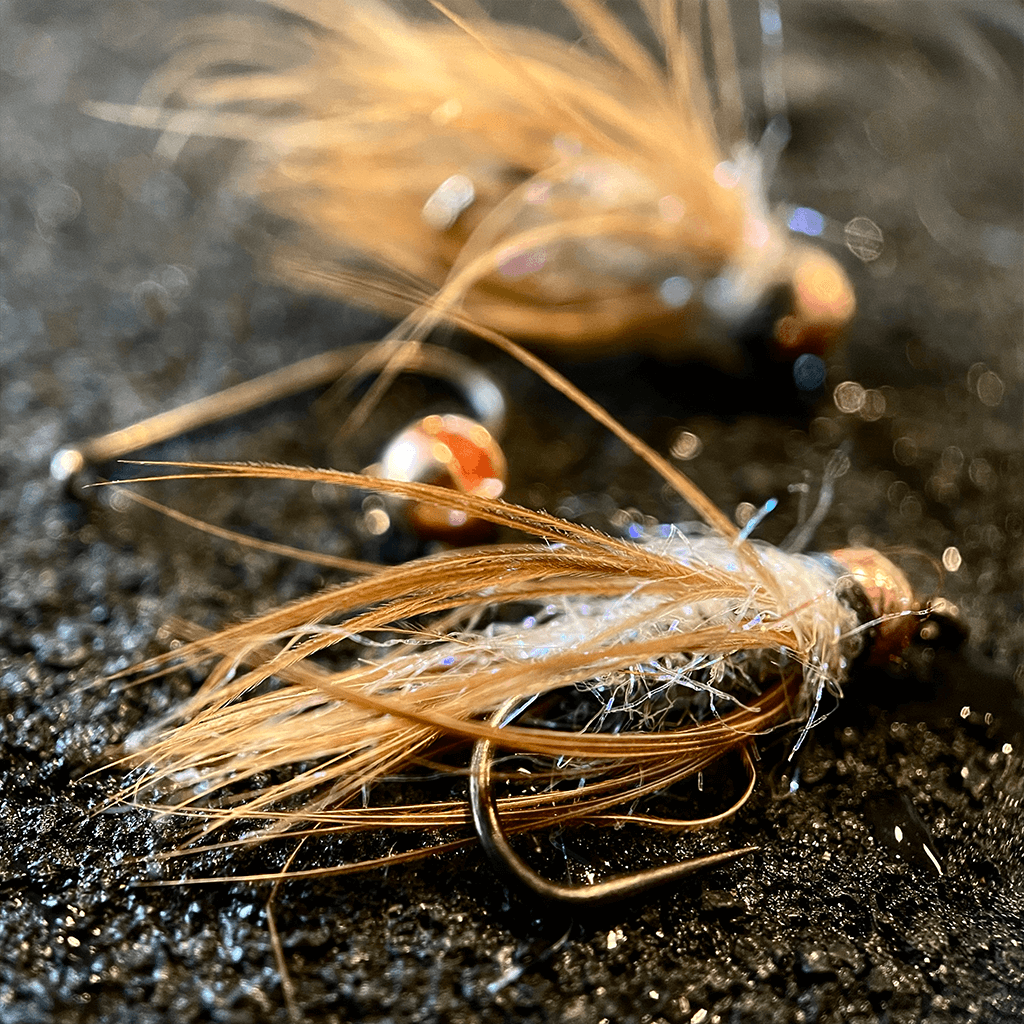
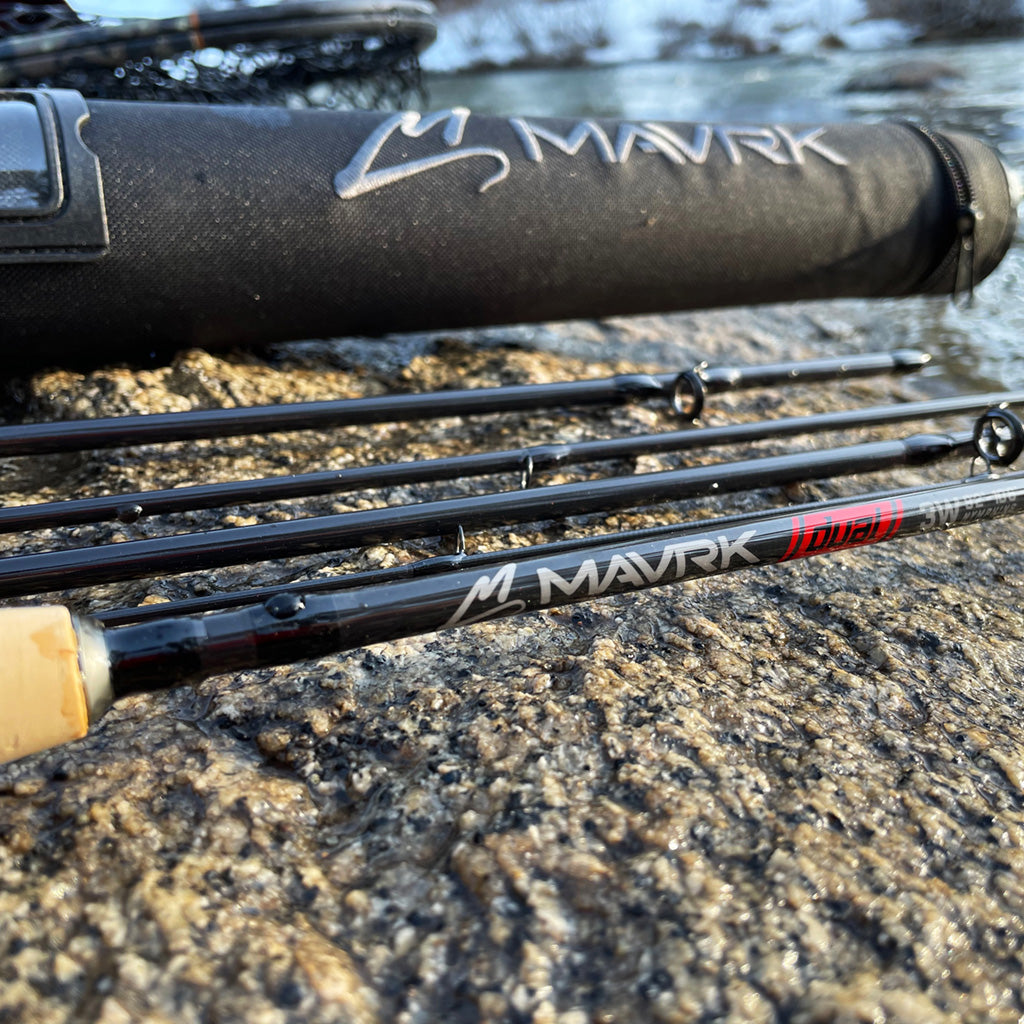
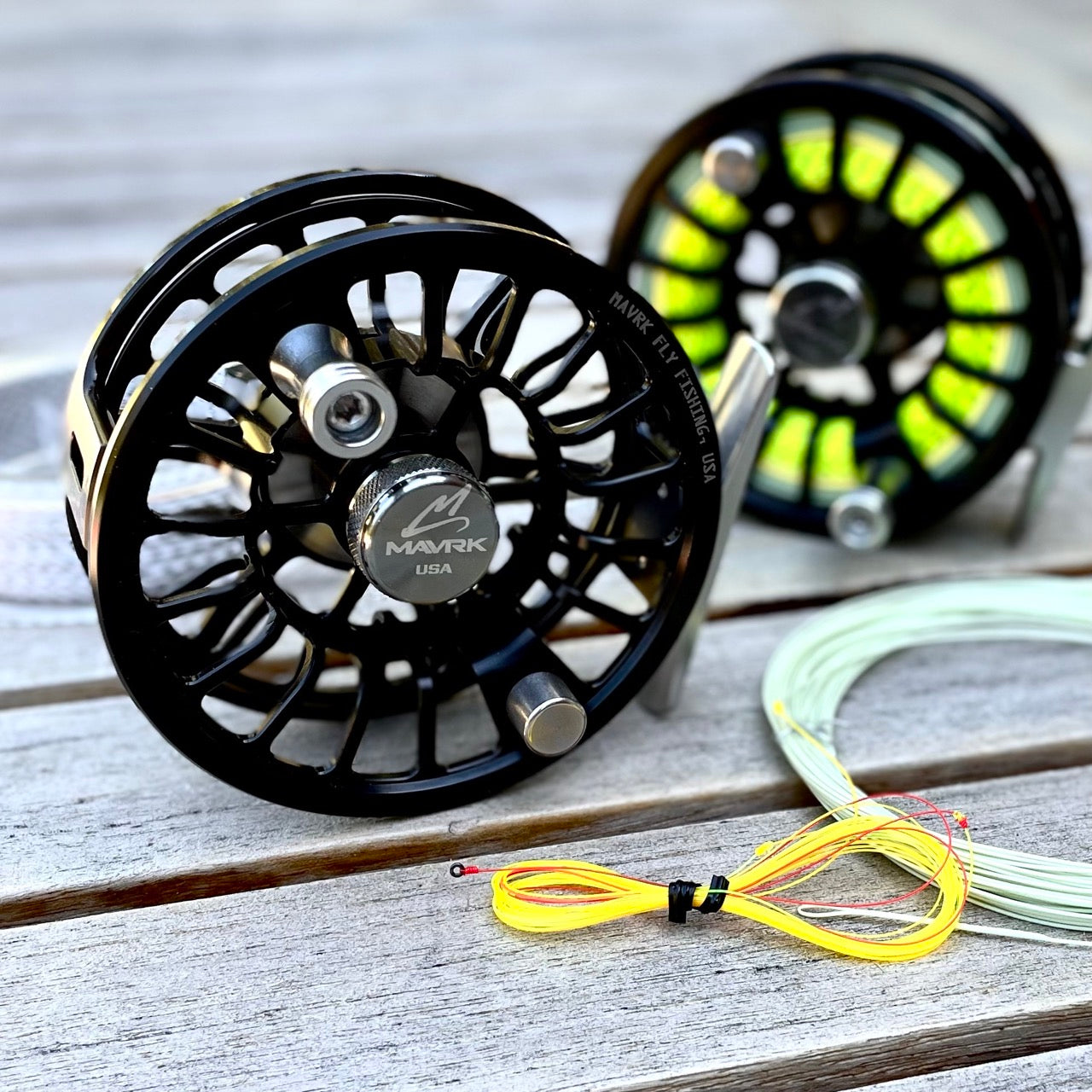
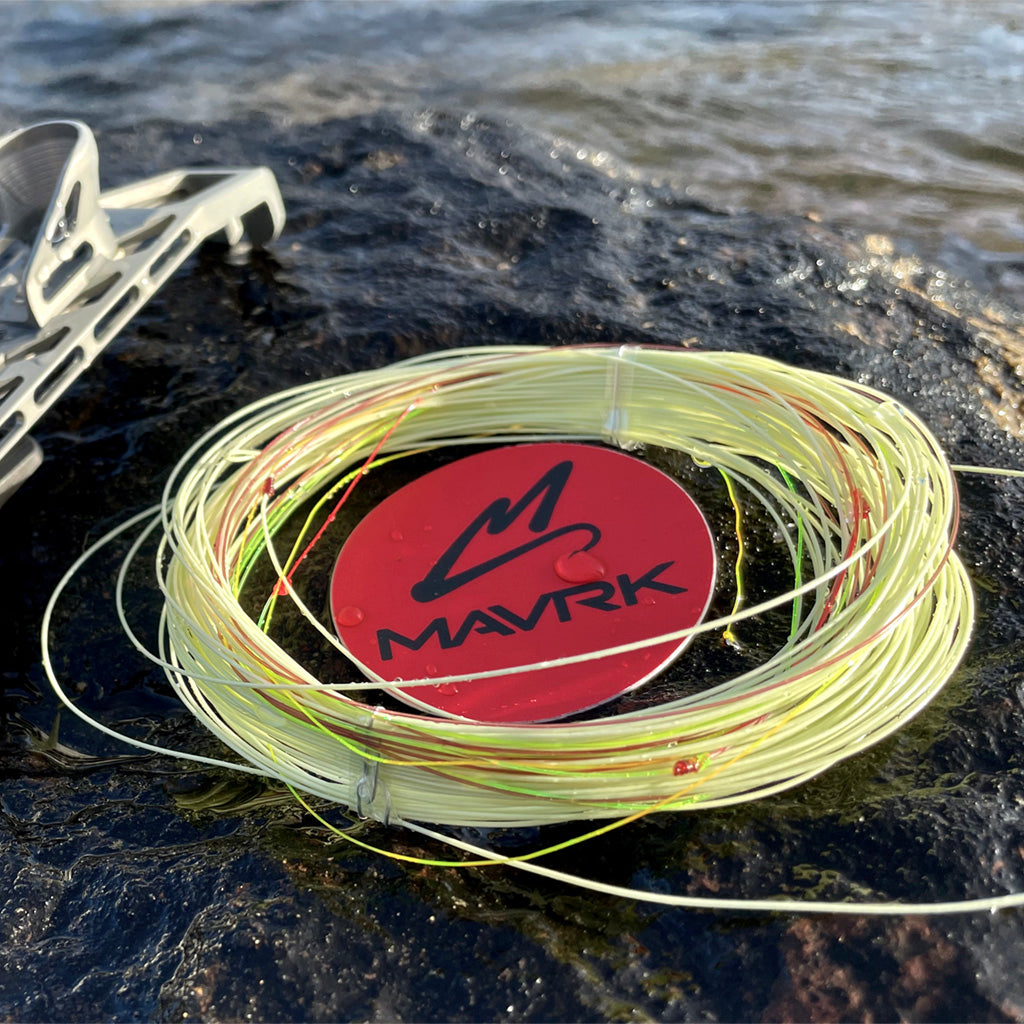
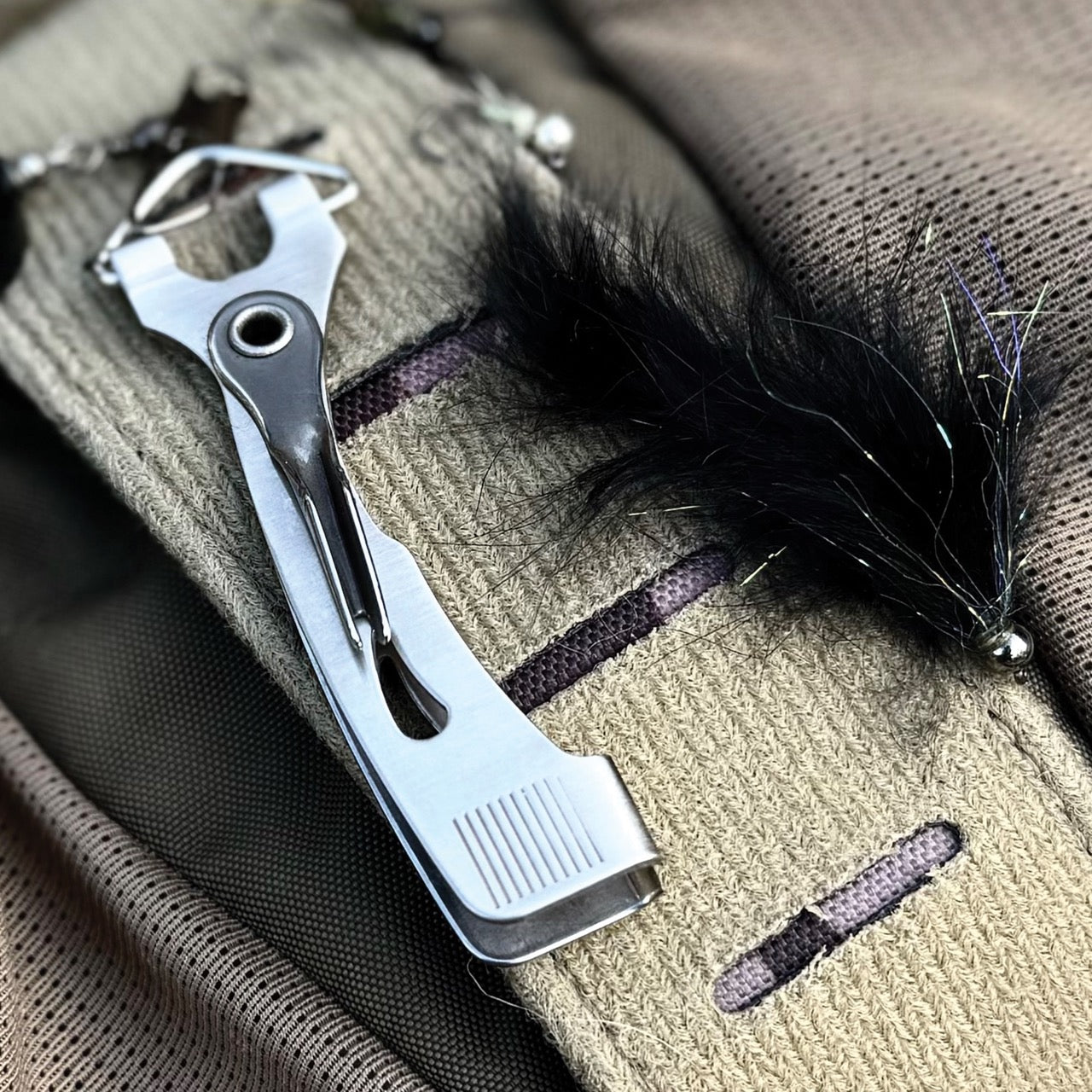
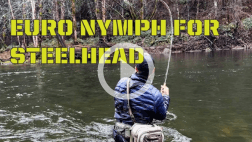
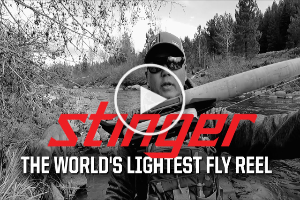
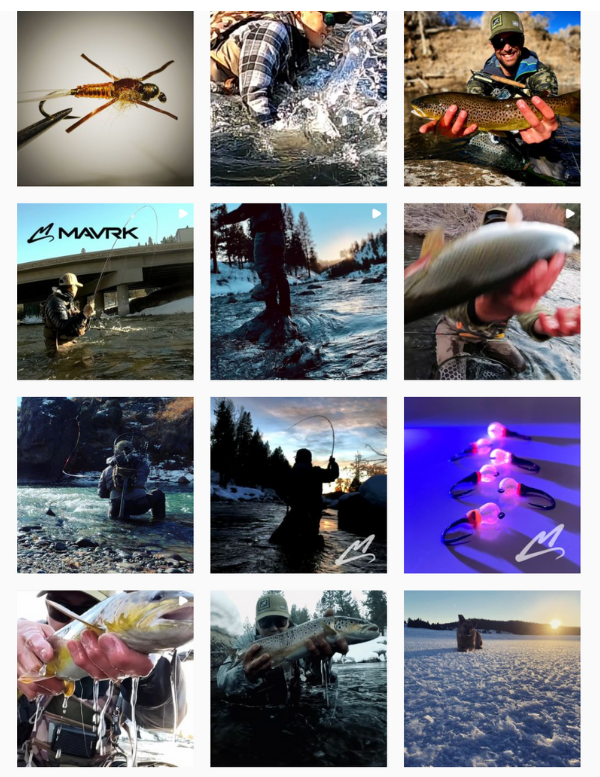
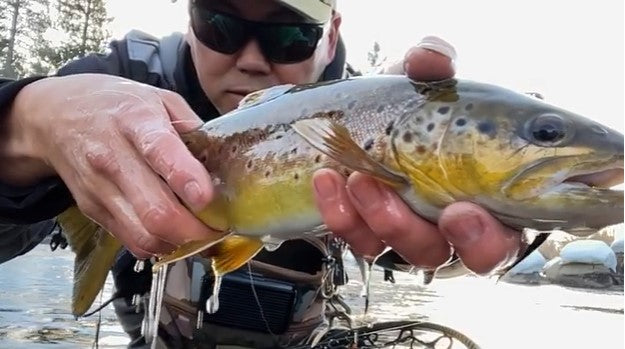
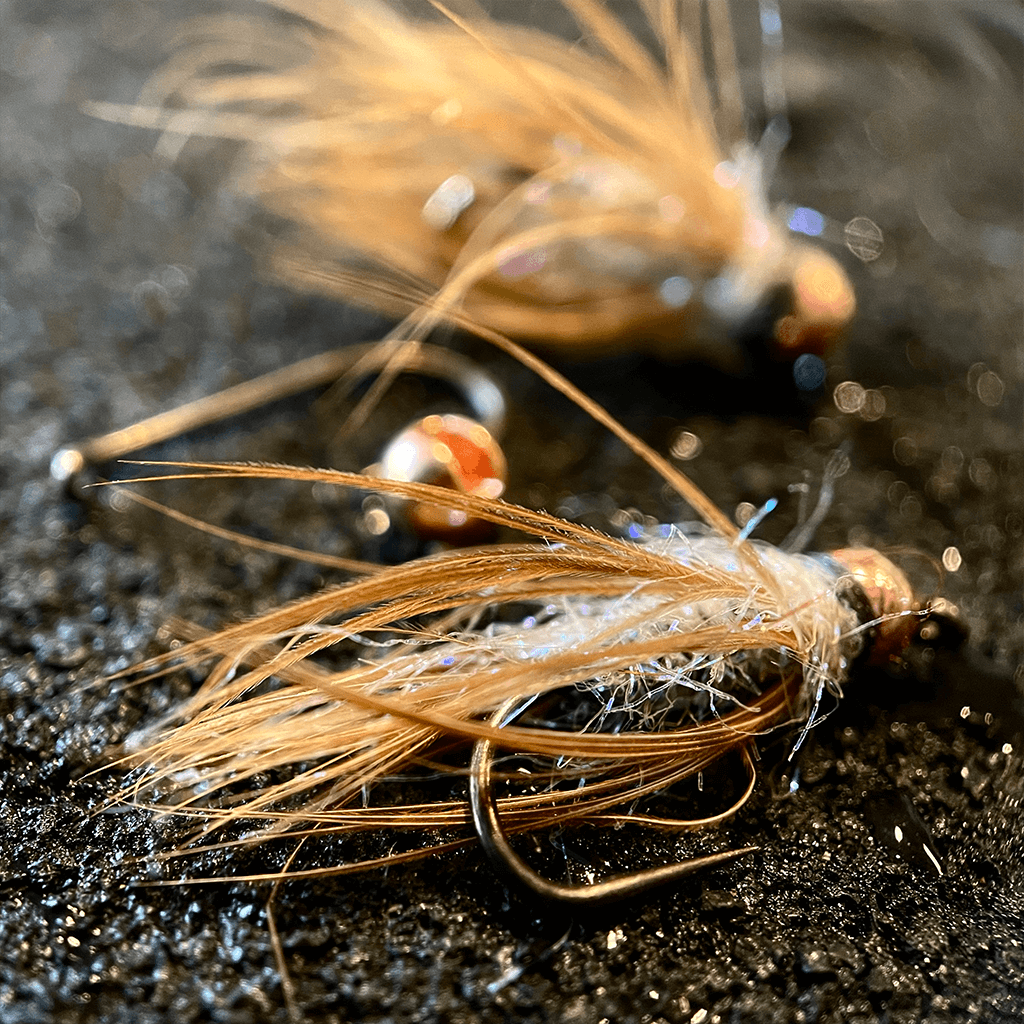
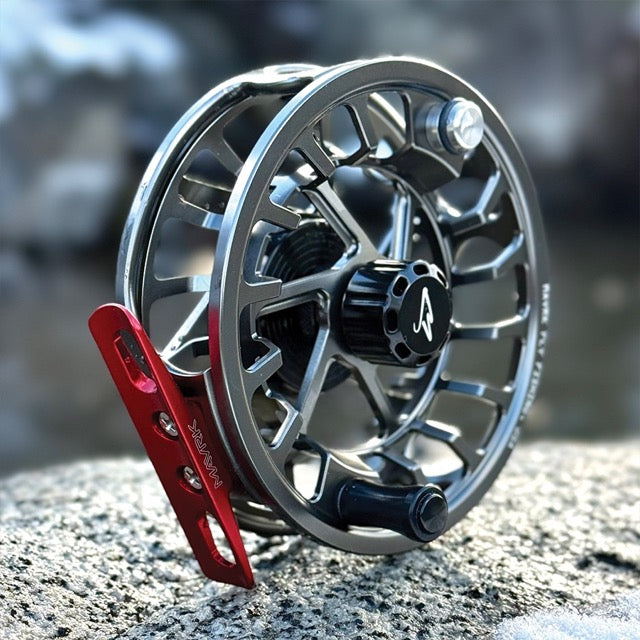
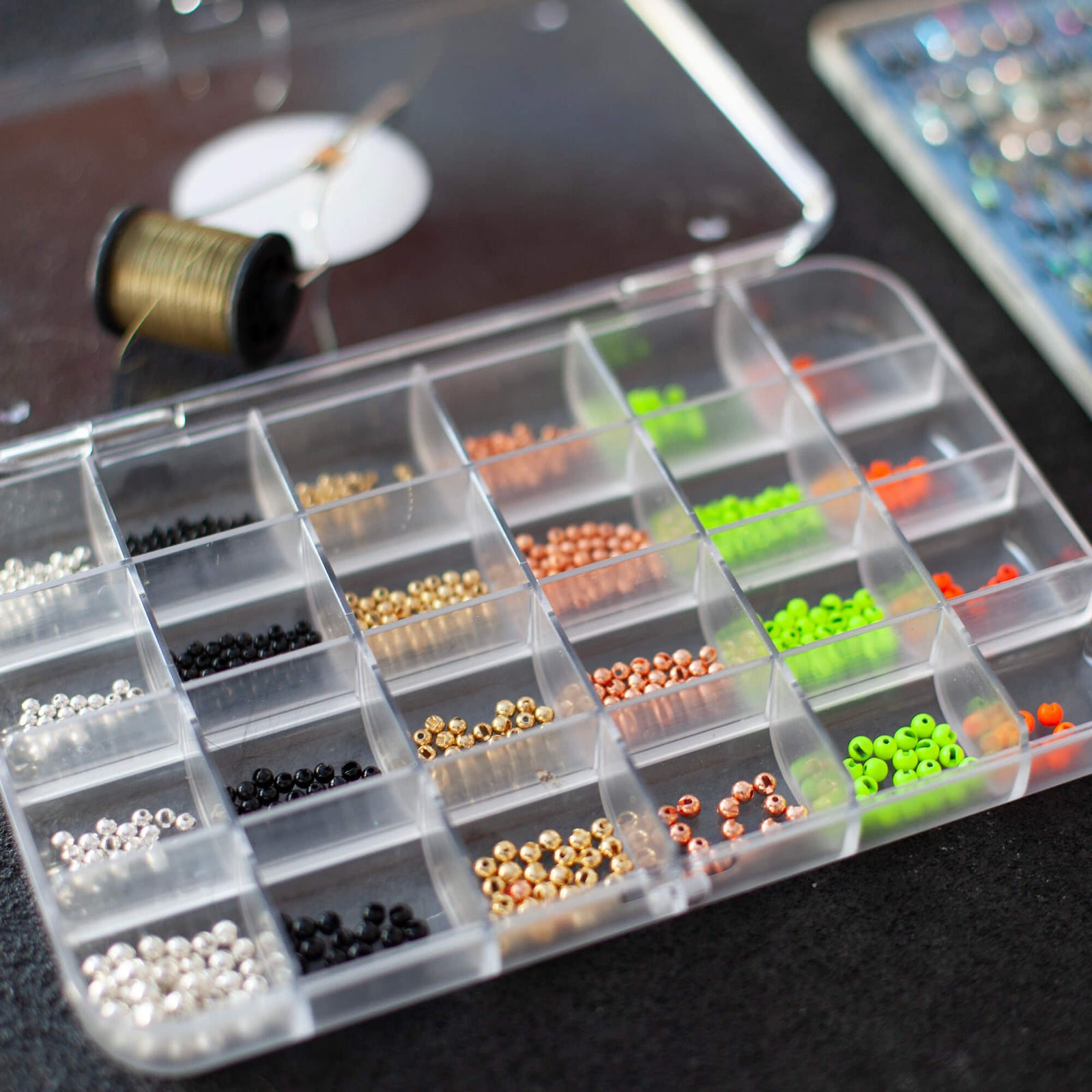
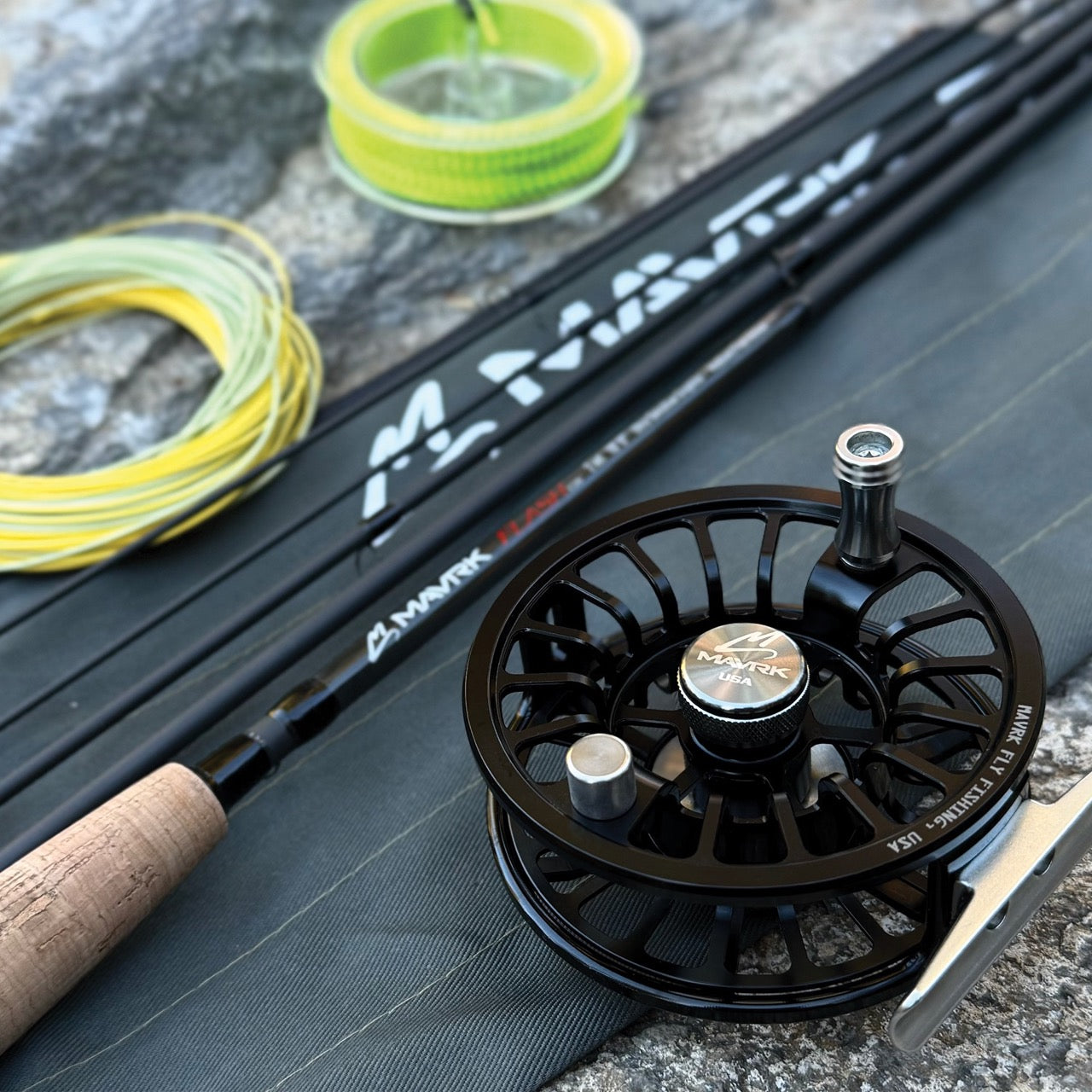
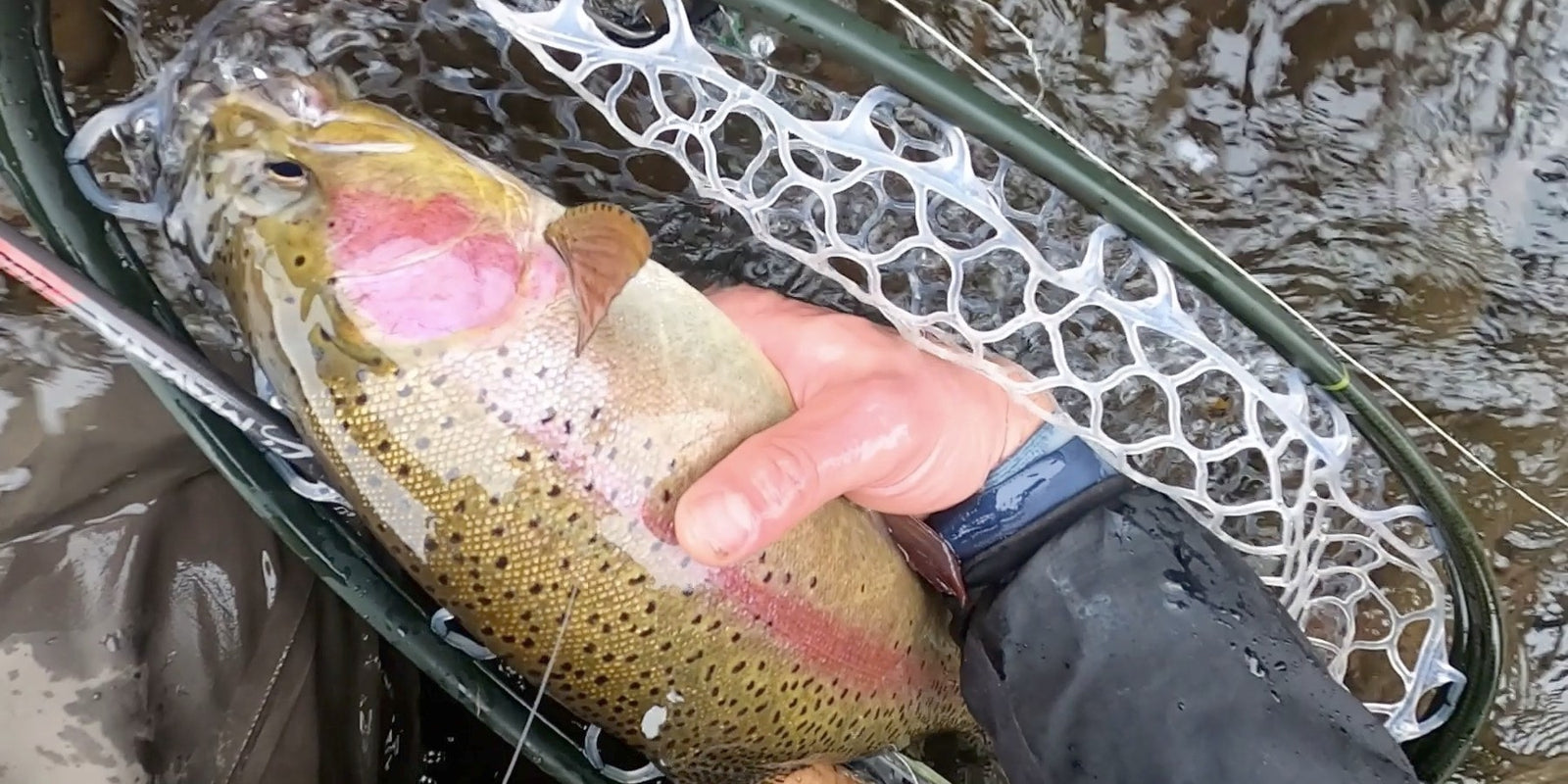
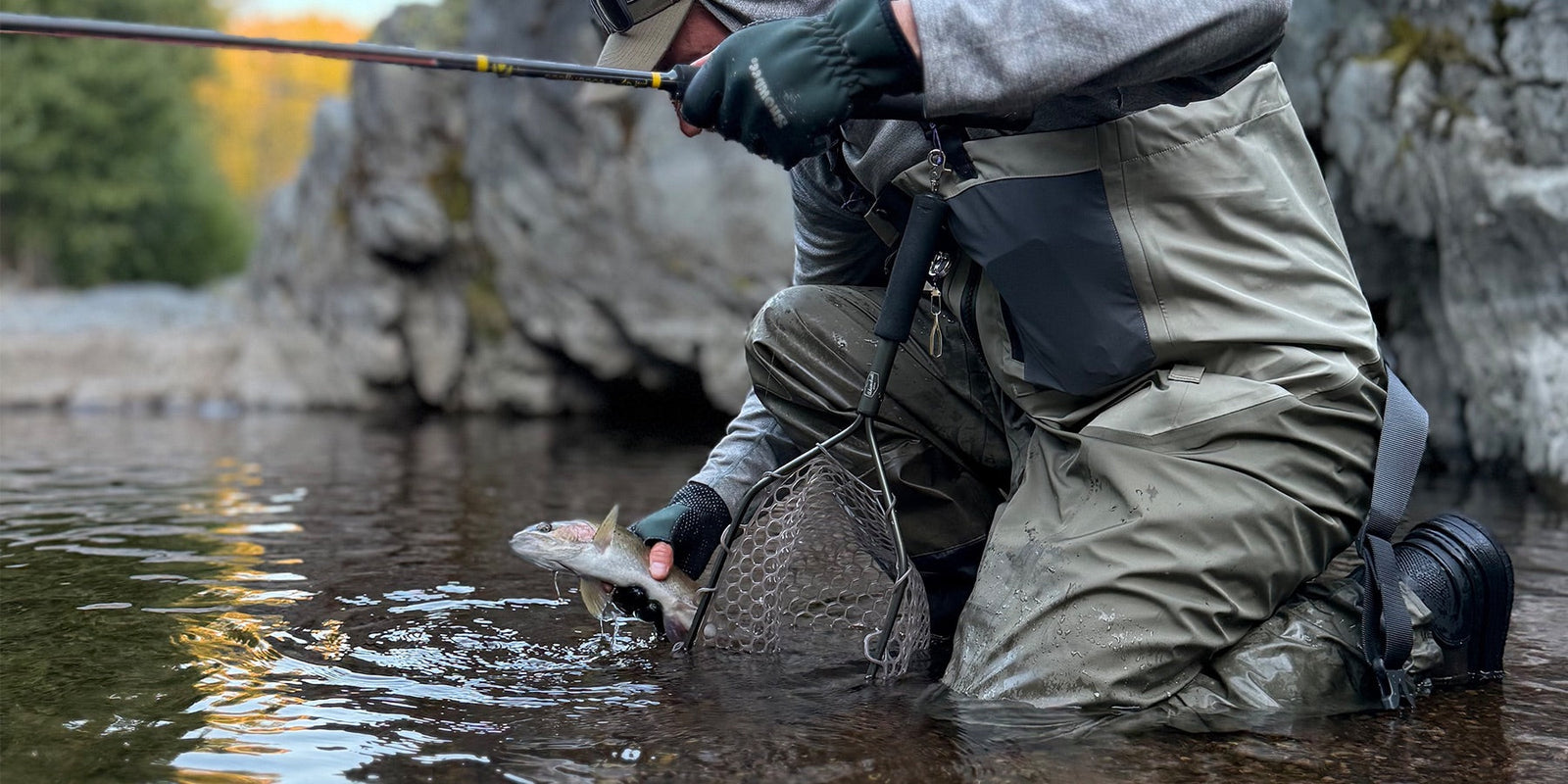
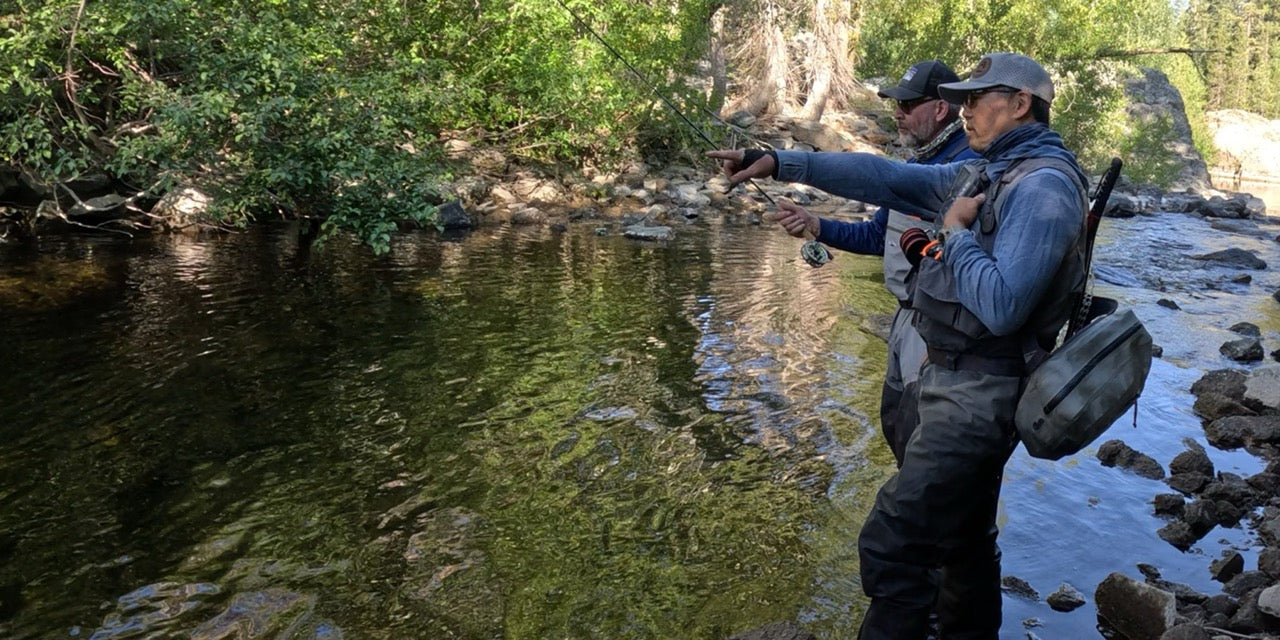
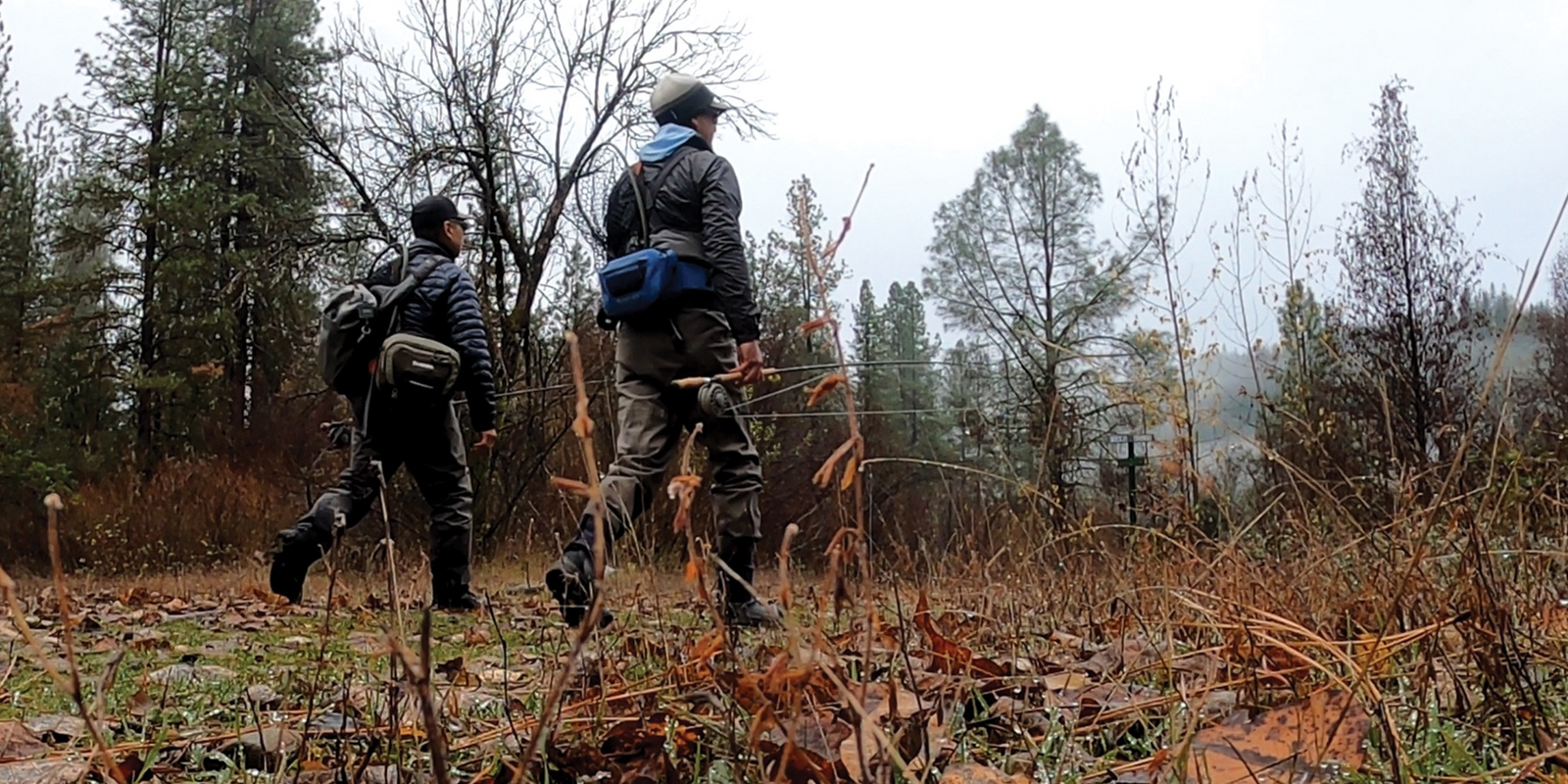
Leave a comment (all fields required)